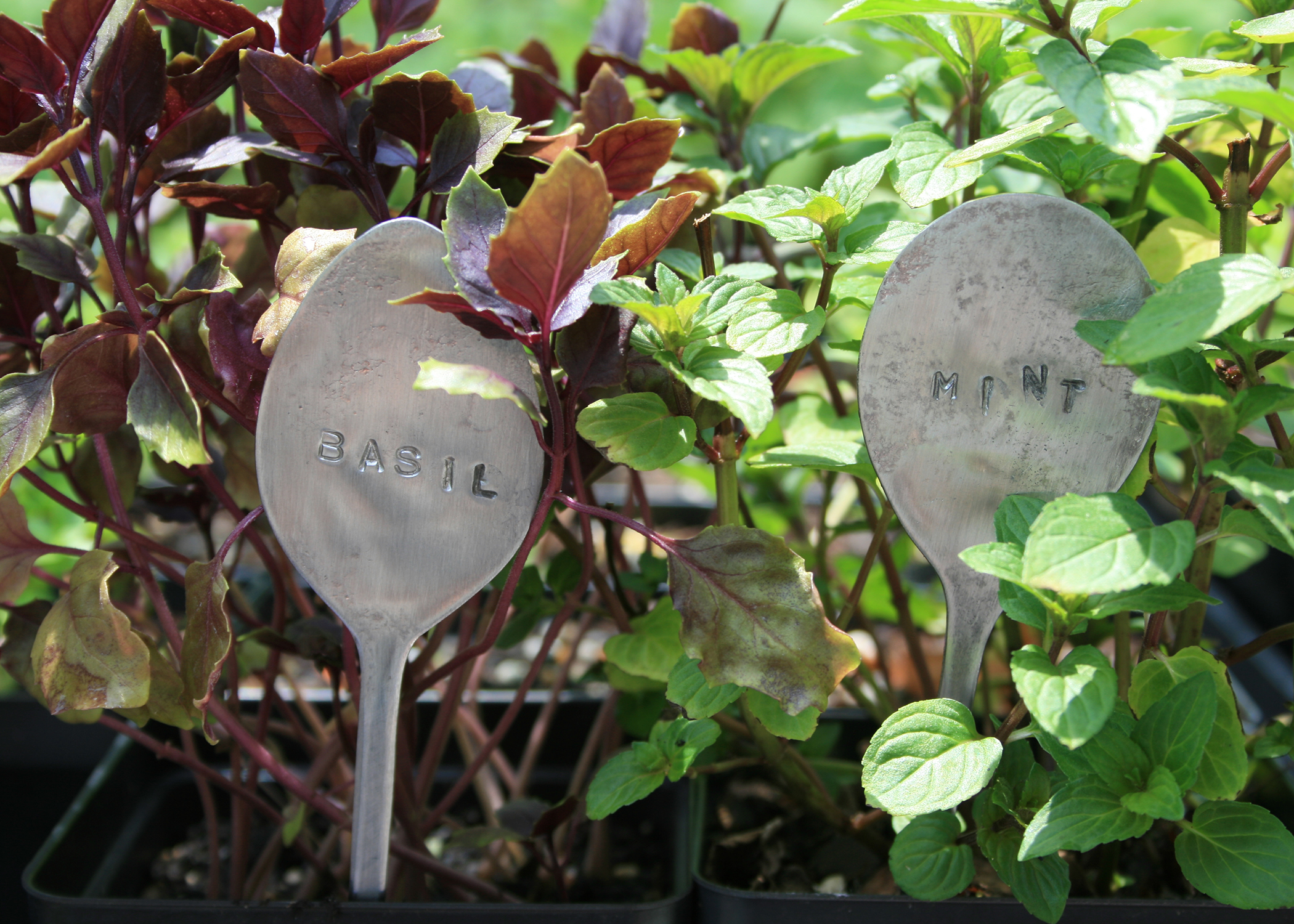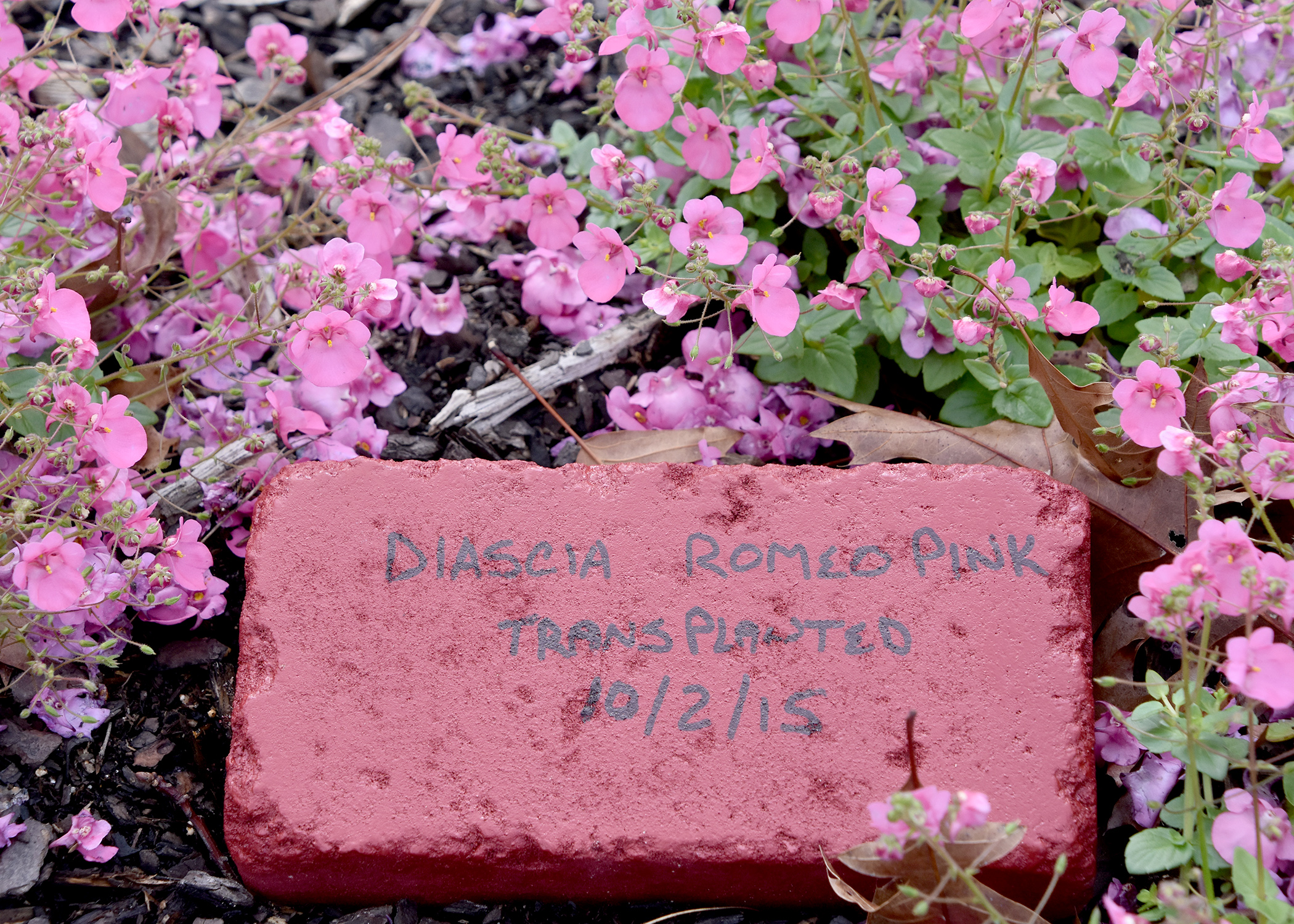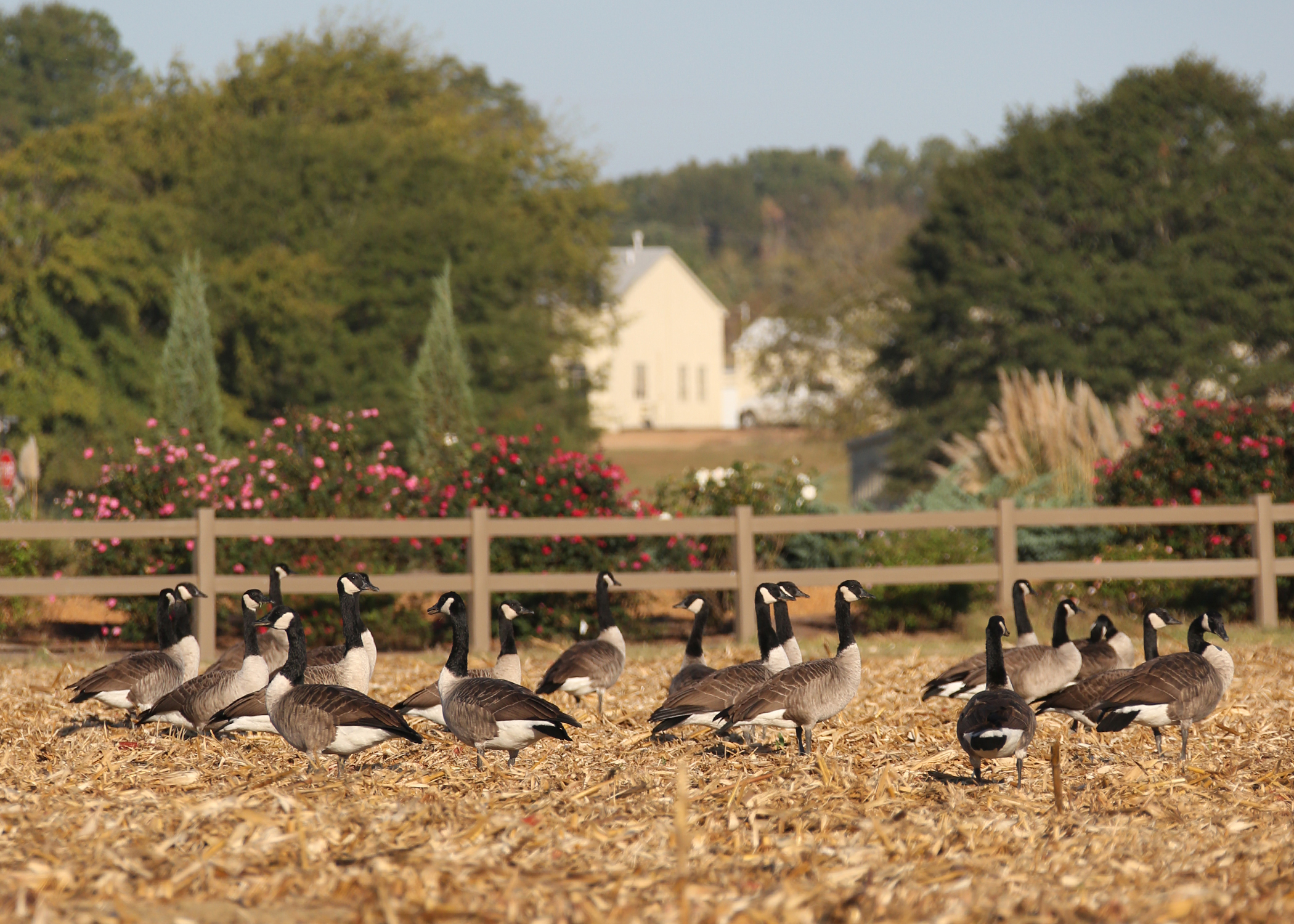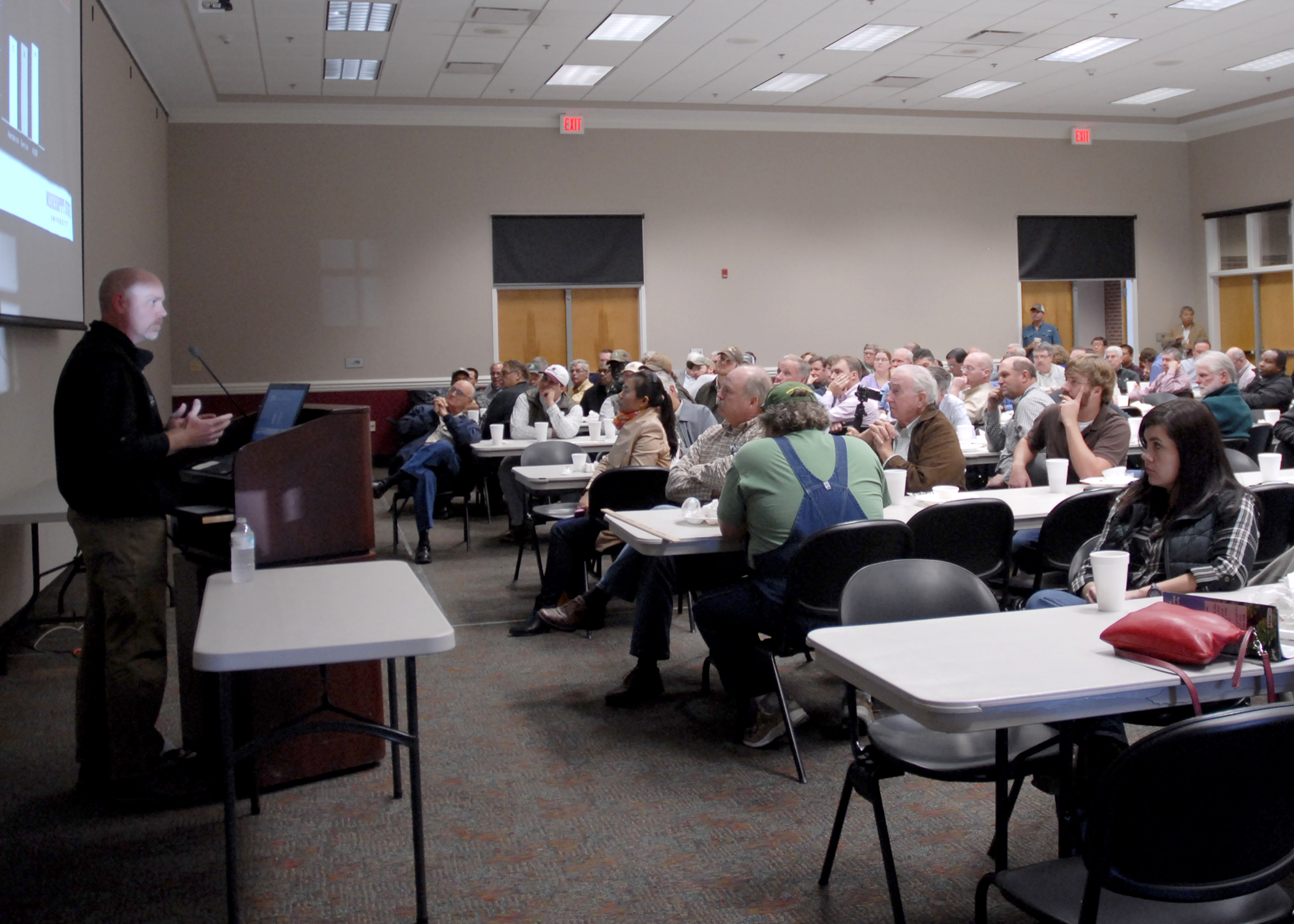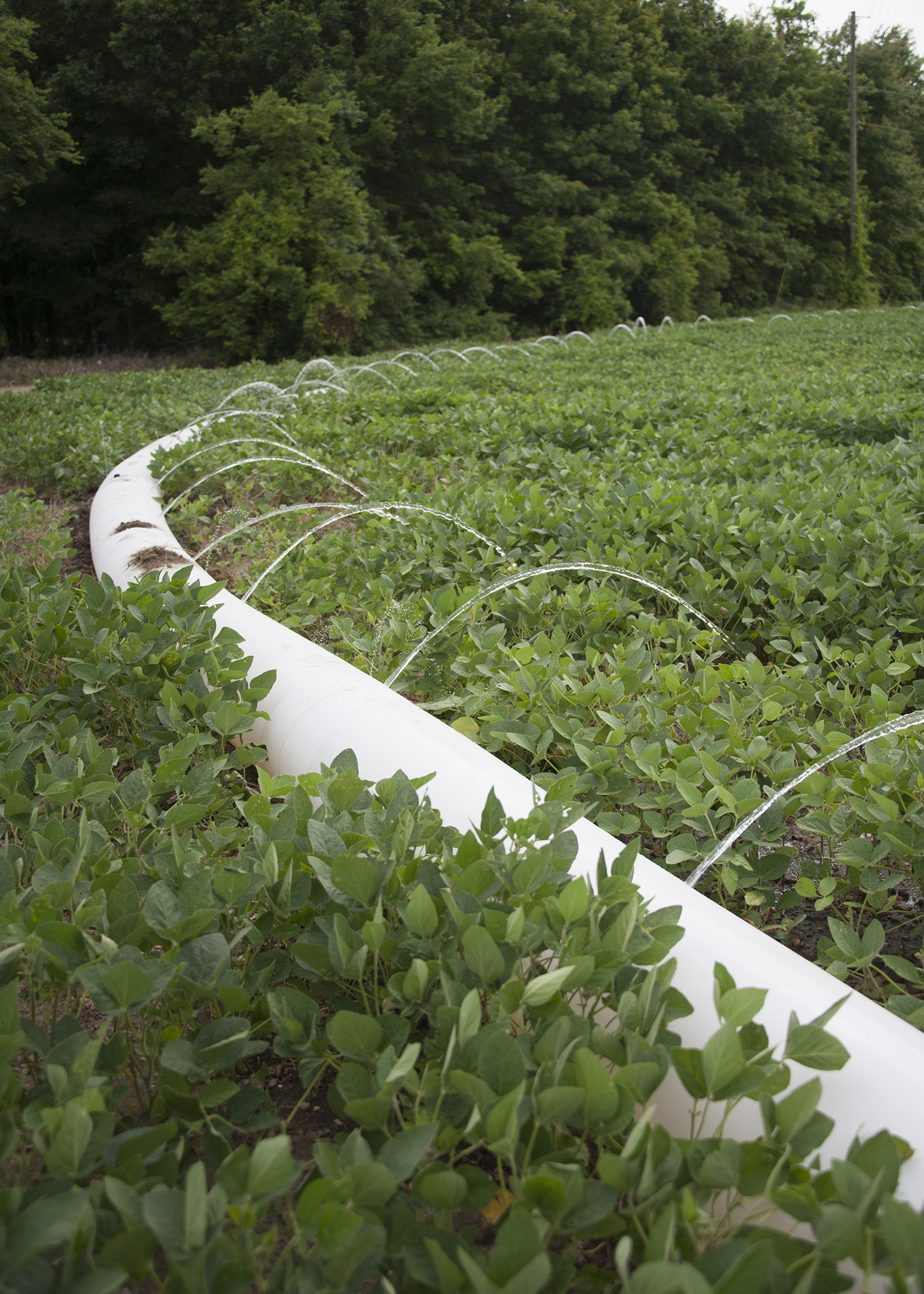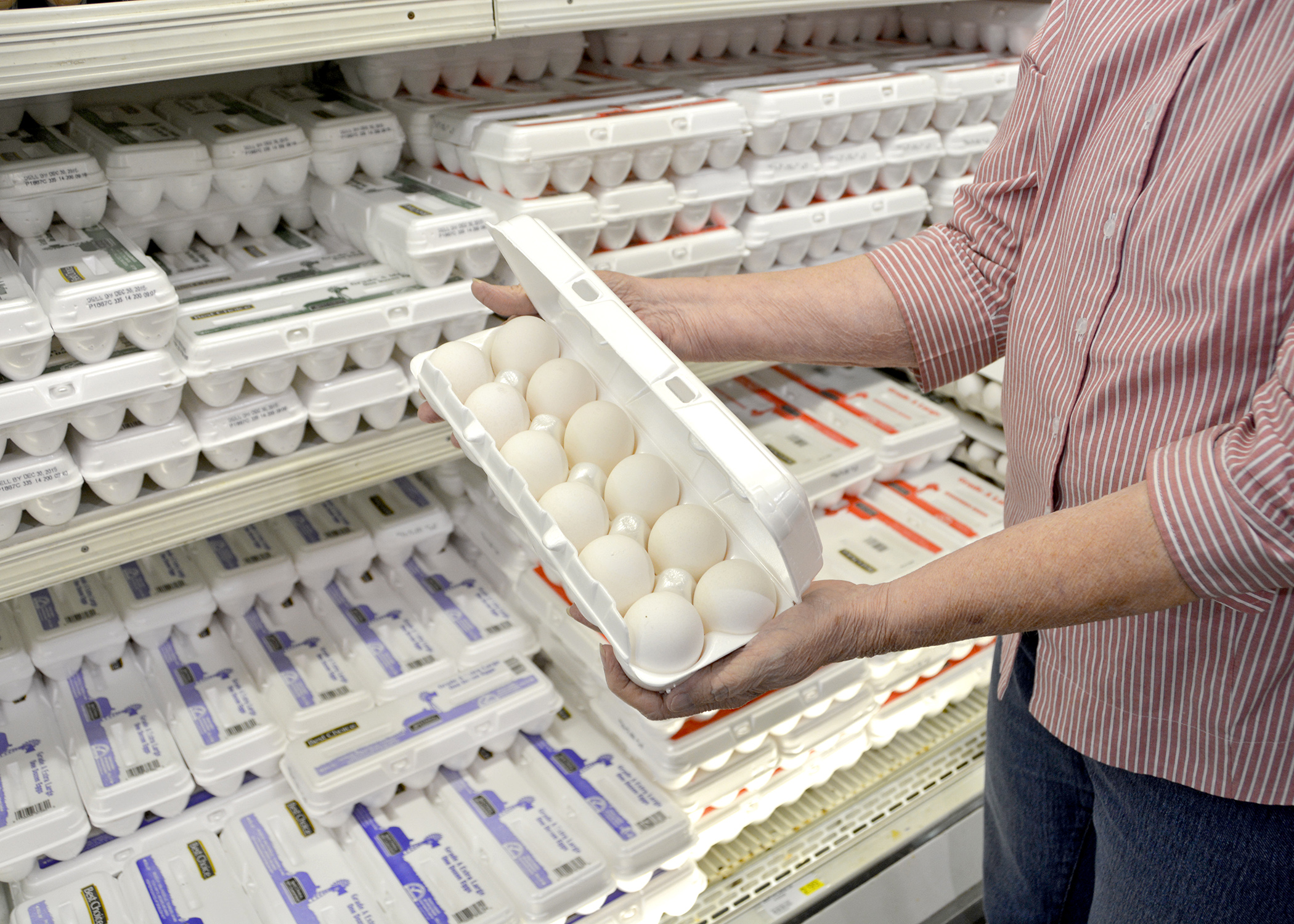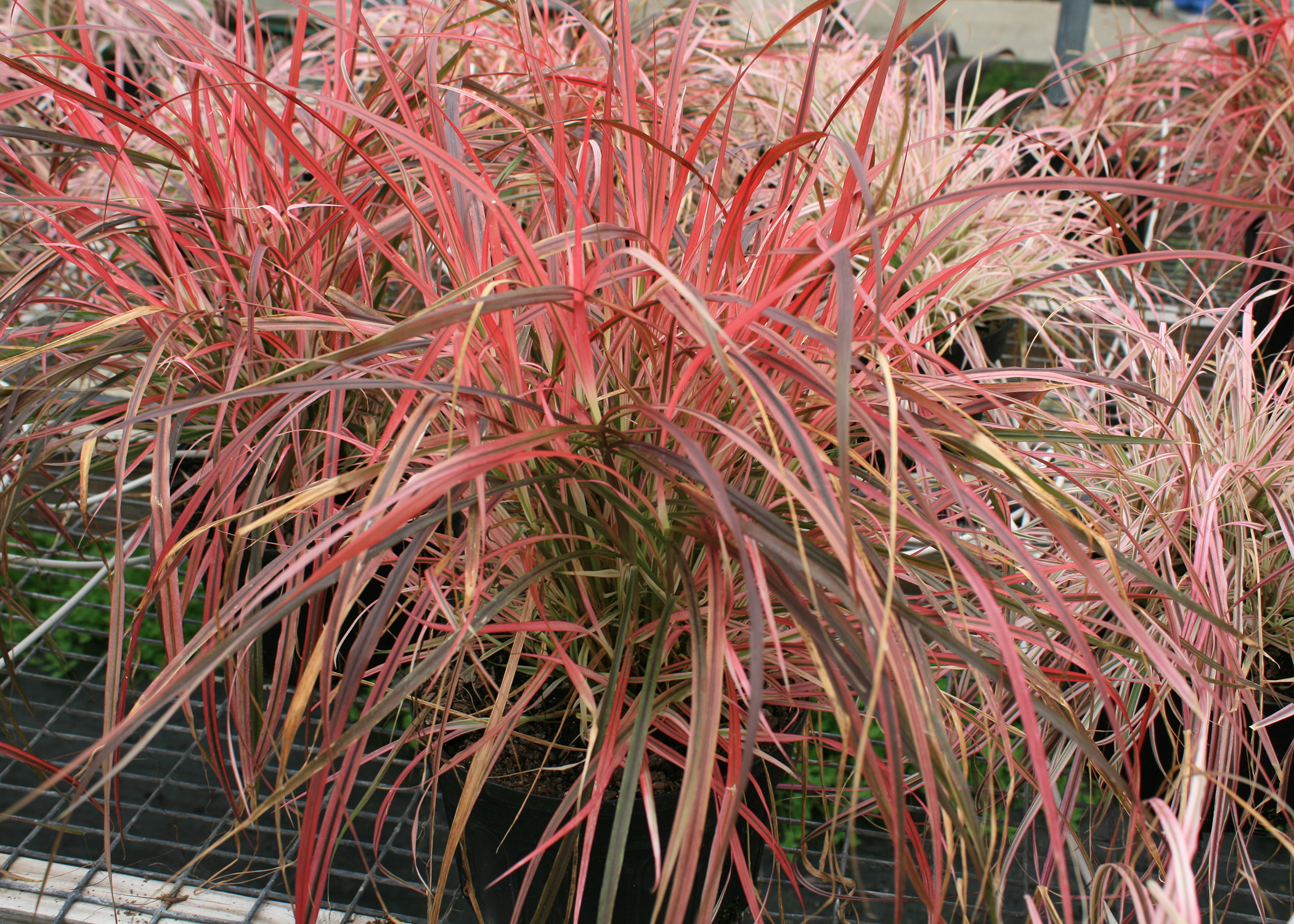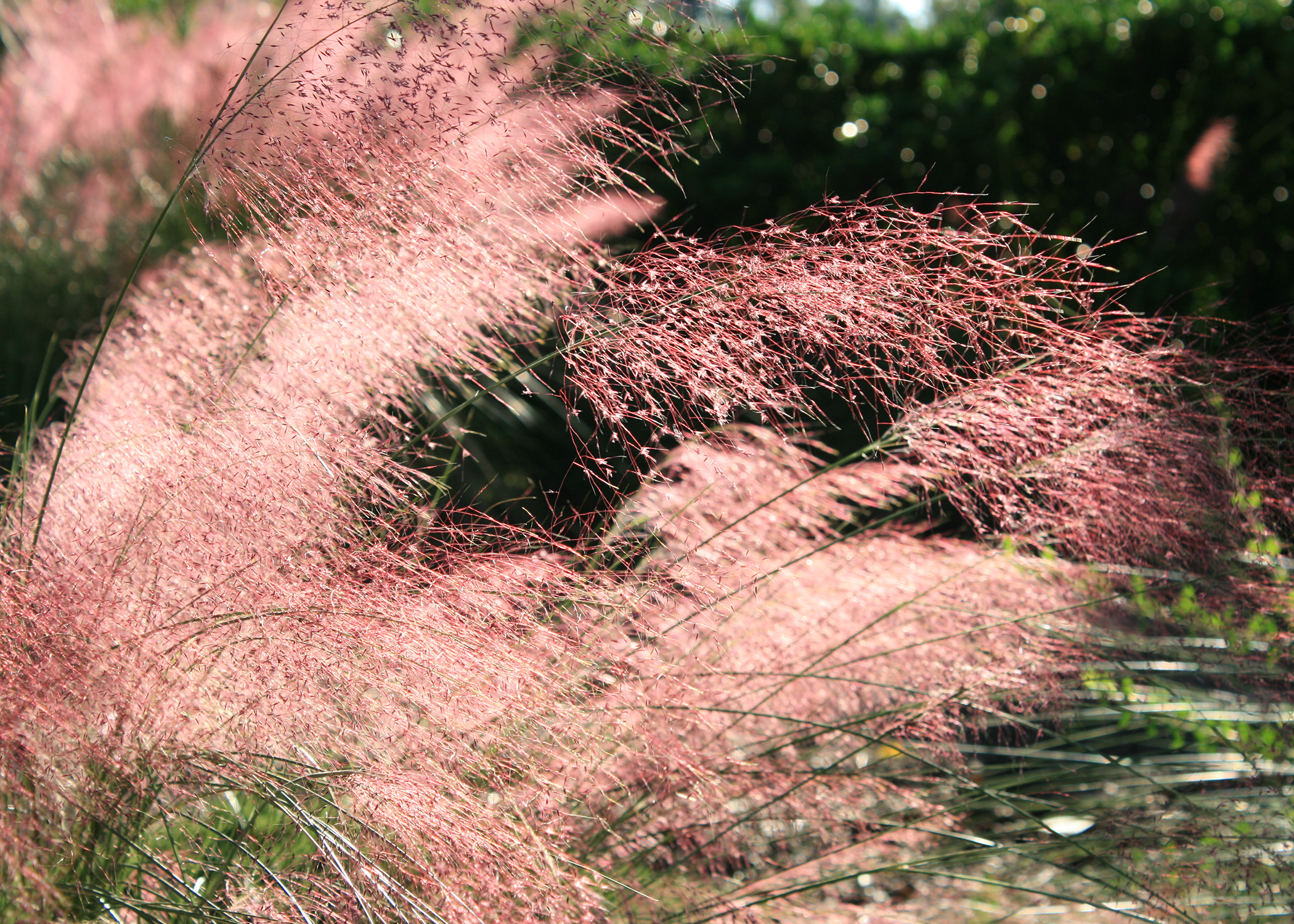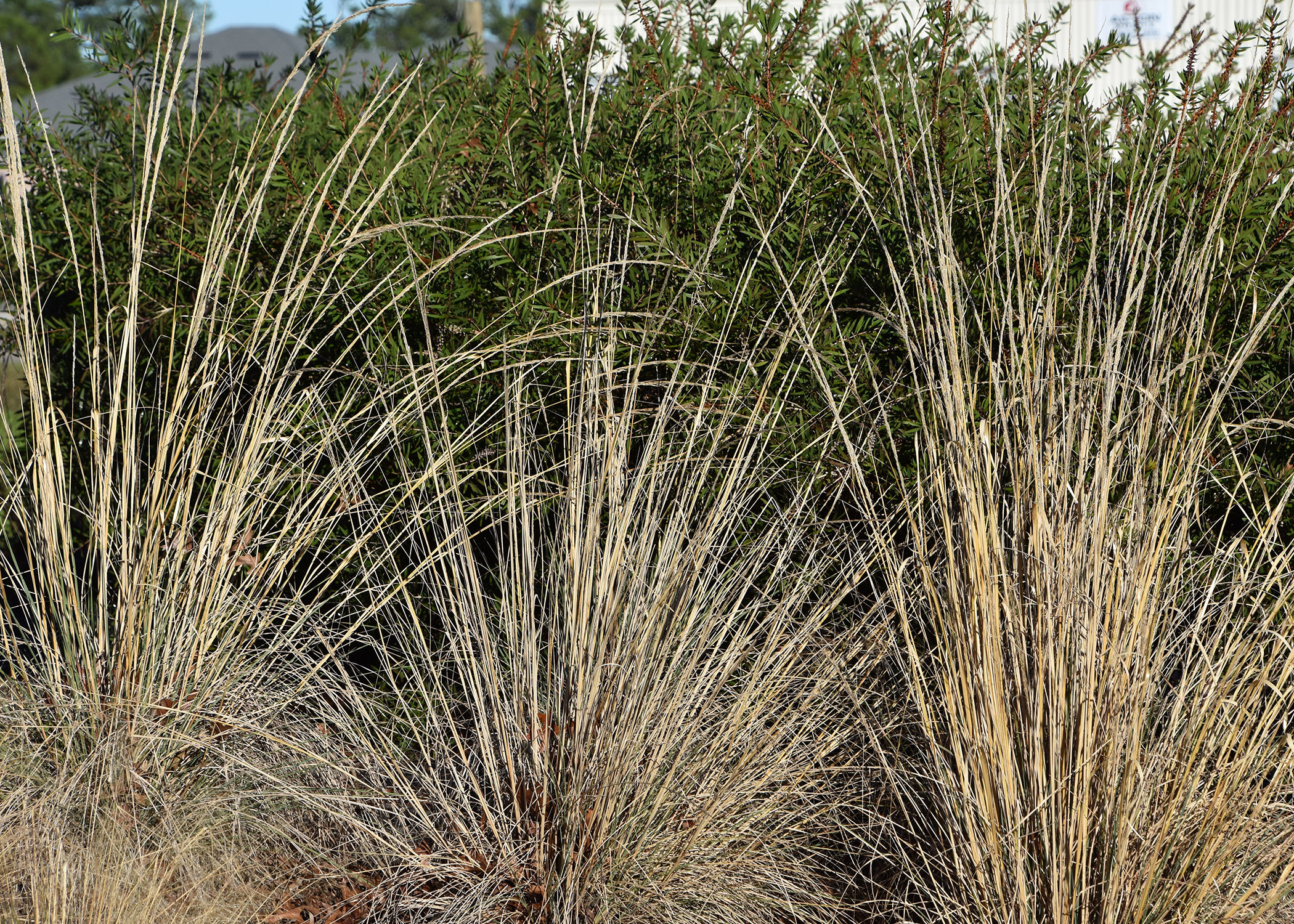Like many home gardeners, I believe I’ll always remember the name of every plant I bring home from the garden center.
Sadly, I found out early in my horticulture career that I was terribly mistaken. I can’t tell you how many times I’ve stood in my landscape scratching my head, racking my brain and wondering just what the name of that plant is.
At the beginning of a new year, perhaps the best resolution any home gardener can make is to finally use plant tags and markers.
STARKVILLE, Miss. -- Winter months bring short days of weak sunlight, cold nights and icy rain. Even though Southern states have relatively mild winters, the more extreme weather conditions make life more difficult.
We humans hide indoors in furnace-warmed air, put on layers of clothing to combat the chill and use insulated coats, hats and gloves when forced to go outside. But what about the creatures that live outdoors? How do they survive until spring’s warm breezes and sunshine once again return?
STONEVILLE, Miss. -- About 190 people gathered Tuesday to focus on water use and conservation, a showing that demonstrates just how important this topic is to the Delta and state.
The Delta Sustainable Water Resources Task Force convened the 2015 Mississippi Delta Irrigation Summit in Stoneville. The event drew farmers, consultants, industry suppliers, university researchers, Extension agents and U.S. Department of Agriculture officials from Mississippi, Arkansas and Louisiana.
STARKVILLE, Miss. -- Estimates indicate that lower soybean prices caused the value of Mississippi’s top row crop to drop below $1 billion for the first time since 2011 despite producers posting the second highest yield on record.
STARKVILLE, Miss. -- Spared from avian influenza outbreaks in 2015, Mississippi’s poultry industry benefitted significantly from higher egg prices but still felt the pinch from export declines.
Preliminary estimates indicate a 3.4 percent increase in the state’s poultry value. The largest growth is an almost 40 percent increase for eggs. Chickens (replacement egg layers) may be up 5 percent, and broilers were near even with a 0.4 percent increase, according to recent estimates from the Mississippi State University Extension Service.
STARKVILLE, Miss. -- People who care about honeybees know that insecticides and pollinators are usually a bad mix, but it turns out that herbicides used to control weeds can spell even bigger trouble for bees.
Jeff Harris, bee specialist with the MSU Extension Service and Mississippi Agricultural and Forestry Experiment Station researcher, said herbicides destroy bee food sources.
STARKVILLE, Miss. -- The holiday season can be just as much fun for pets as it is for their owners if they are treated with love and care.
Dr. Joey Burt, associate clinical professor and hospital director at the Mississippi State University College of Veterinary Medicine, said pets should be treated as small children and not be kept outside in extreme weather.
Ornamental grasses are reliable warm-season performers that keep on giving, even in winter landscapes. Their color and interesting texture make them great choices for any garden.
A couple of good ornamental grasses that I like are Gulf muhly grass and pampas grass.
Gulf muhly grass is a native plant that really performs in the winter. It flowers in billowy masses that resemble pink clouds in the landscape. The color will hold as long as there isn’t a hard freeze. Even after freezing temperatures, the flower heads keep their airy shape.
STARKVILLE, Miss. -- So, you have finally worked up the nerve to ask that landowner for permission to hunt his property for the upcoming hunting season, and he said yes.

